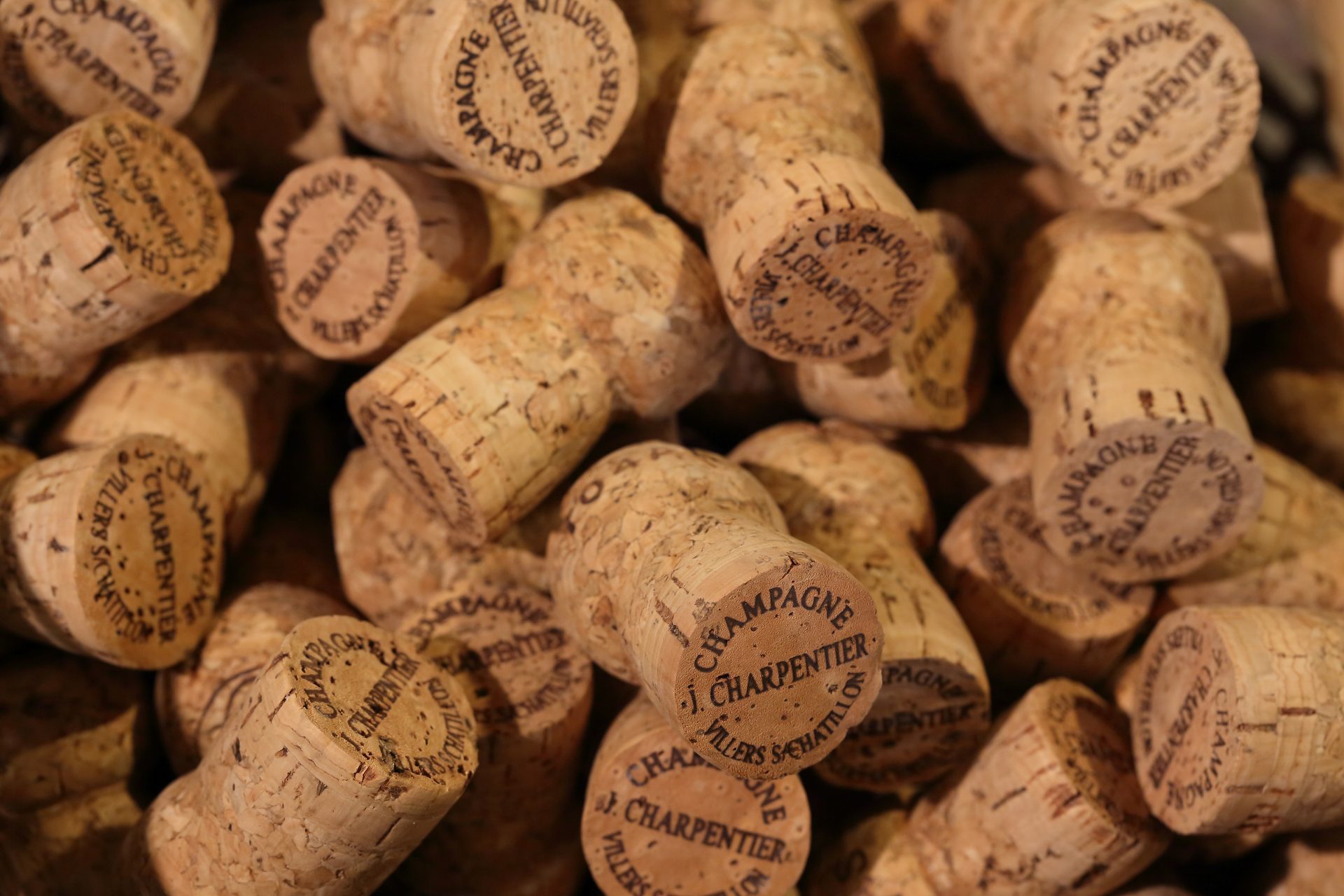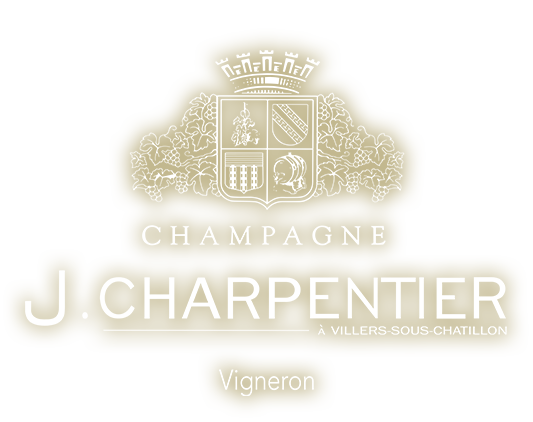
Champagne for an aperitif
Today, champagne is no longer only reserved for great occasions such as weddings, anniversaries or other. This sparkling drink can also be enjoyed with family, friends or at romantic lunches and dinners. Fine bubbles and creamy foam can then appear from the aperitif, a stage that is so important in France. What champagne for an aperitif?
To choose the right bottle, follow our advice!
Anticipate a rise in power
In order to choose your champagne for an aperitif, you must first keep the following principle in mind: the rise in power. Namely, this applies to champagne and wine in general.
In this case, the order of wines and champagnes has its importance. Thus, white wines should preferably precede red wines. Also, it is advisable to serve the young wines before the oldest, the dry before the mellow, the lighter before the more powerful, etc. In this way it is possible to savor the aromas of each wine or champagne.
If you are planning several bottles during the meal, think about this rule!
Choose a champagne brut or extra brut for the aperitif
In accordance with the previous principle, you can therefore serve a champagne for a brut or extra brut aperitif. For information, these champagnes are characterized by a low sugar content. More precisely, an extra-brut bottle contains between 0 and 6 grams of sugar per litre when a brut contains between 6 and 12 grams per litre. Of course, if an order is to be chosen, it is preferable to serve the extra-brut before the brut for a rise in power.
The suggestions J. Charpentier
You want to choose a brut or an extra-brut champagne for an aperitif? Why not test a small producer, an independent champagnegrower or a Récoltant Manipulant? Do you like this idea?
Here are some suggestions of our range: the Reserve brut, the Extra brut, the Vintage 2010, or the Premier Cru.
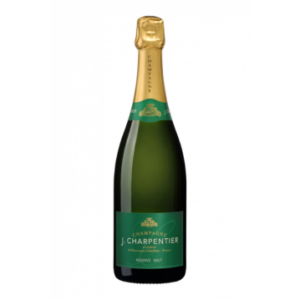
Réserve brut
Composed of 20% pinot noir and 80% pinot meunier, this champagne can be enjoyed for an aperitif.
Namely, this cuvée with fruity and spicy aromas is the reference of the House J.Charpentier.
In addition to being a champagne for an aperitif, it can also be served with seafood, cold fish or a hot pie.
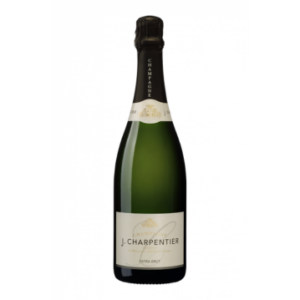
Extra brut
For an aperitif, Extra Brut is also an option, especially for hot summer days.
Its low sugar content (2 to 3 grams per litre) is accompanied by a rich olfactory palette.
Lively in the mouth, it can surprise you with notes of caramel and gingerbread.
If you are looking for something new, we especially recommend this bottle.
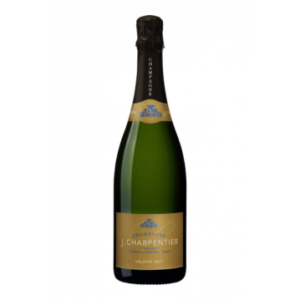
Millésime 2010
Produced from three grape varieties (pinot noir, pinot meunier and chardonnay), this vintage can be perfectly presented during the aperitif.
With a dosage of 4.0 grams per liter, it reveals a powerful and intense nose combining notes of citrus, caramel, blackberry but also floral touches.
In the mouth, this champagne will seduce you thanks to its nervous and fruity length.
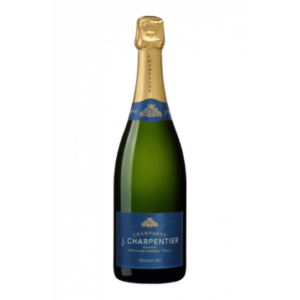
Premier Cru
The Premier Cru is the ideal champagne for an aperitif! Made of chardonnay and pinot noir (40% and 60% respectively), it has a seductive nose.
Notes of dried fruit rub shoulders with the scents of honey, apricot, vanilla, gingerbread and hazelnut.
Offering a nice length, this champagne also offers a fresh and brioche mouth.
Namely, in addition to being enjoyed as an aperitif, the Premier Cru is also perfectly associated with white meats.
Champagne for an aperitif : the alternative Blanc de Blancs
On the occasion of an aperitif, you can also open a Blanc de blancs brut. This is a classic for years, which always offers finesse and elegance. Namely, a Blanc de Blancs is produced from white grape varieties only.
Would you like to try such a champagne? You can then find a Blanc de blancs in our range. Dosed at 5.5 grams per litre, this one offers a floral and fruity nose as elegant as delicate. In the mouth, you will discover a perfect marriage between the subtle and fresh aromas.
How do I serve champagne?
Have you chosen your champagne for an aperitif? It will then be necessary to serve it in the best conditions. At what temperature do you drink champagne? In what type of glass? And how to accompany this sparkling drink? These are all questions you may have. Discover our advice on the subject!
Temperature
Generally speaking, all oenologists agree that a champagne for an aperitif should ideally be served between 6 and 9°C and drunk between 8 and 13°C. In this case, as soon as it is poured into the glass, it immediately heats up from 2 to 3°C. Then, every 3 minutes, its temperature increases by about 1°C. After 10°C, its temperature rises by about 1 degree every 6 minutes.
However, some wine lovers may deviate from this rule in some cases. For example, some prefer to serve champagne for a dry or semi-dry aperitif between 4 and 6°C to blend the sweet taste. Attention on the other hand for those who like to drink their champagne iced or struck, it attenuates the bouquet of the wine.
Glass
If the temperature is important, so is the glass! In this case, the shape of the glass influences the liveliness of the bubbles. Thus, the cut is to be avoided: the moss forms badly and the bouquet disperses quickly. For the service, you will have to prefer the flute or the champagne glass. Finally, never wash your flutes in the dishwasher, but only in very hot water and wipe with a dry cloth.
Side Dishes
Finally, you can accompany your champagne for an aperitif of salty cookies, walnuts, green olives or even Gruyères cubes. In parallel, you can also provide toasts of tarama or smoked salmon. The raw vegetables also combine very well with a champagne for an aperitif: cherry tomatoes, radishes, carrots, etc. And of course, a foie gras on a toast of gingerbread will also delight the taste buds.
You want to test our champagne for a wedding, aperitif or romantic lunches ? Contact us !
FAQ about Champagne for an Aperitif
What does “Champagne for an aperitif” mean?
“Champagne for an aperitif” refers to selecting and serving Champagne at the start of a gathering or meal, typically before the main courses. It is meant to awaken the palate, set the tone and provide a fresh, light sparkling wine experience rather than something rich or heavy.
Why is Champagne a good choice for the aperitif moment?
Champagne, with its fine bubbles, crisp acidity and delicate flavour profile, is ideal to begin a convivial moment. It refreshes the palate and pairs well with light snacks — serving as a perfect opening drink. The tradition of Champagne for an aperitif has grown because it signals celebration while remaining versatile.
Which style of Champagne is ideal for an aperitif?
The best styles emphasise freshness, subtlety and low sugar. For example:
- Brut or Extra Brut, which feature low dosage and deliver a clean, crisp experience.
- Blanc de Blancs (100% Chardonnay) cuvées, known for finesse and elegance.
- Young, non‑vintage Champagnes with lively fruit and light complexity rather than heavily matured vintage bottlings.
What dosage and sugar levels should I look for?
For Champagne for an aperitif, lower sugar levels are preferable so as not to overwhelm the palate or spoil following dishes. As an example: Extra Brut: 0‑6 g sugar per litre; Brut: 6‑12 g per litre.
What temperature and glassware should I use when serving Champagne for an aperitif?
Proper service is key. Temperature: ideally 6‑9 °C when serving, and try to drink between 8‑13 °C. Once poured, the temperature rises quickly — typically 2‑3 °C immediately then slower thereafter.
Glassware: Use a flute or tulip‑shaped glass rather than a wide coupe. This preserves bubbles, concentrates the aroma and enhances the experience.
What food or snacks go best with Champagne for an aperitif?
Because you’re starting the meal, choose lighter bites that complement but don’t compete with the wine. Options include:
- Salted nuts, green olives, Gruyère cubes
- Smoked salmon toasts, tarama, cured charcuterie
- Raw vegetables like cherry tomatoes, radishes or fresh crudités for freshness and crunch.
Avoid heavy or sweetness‑dominated snacks that might mute the Champagne’s vibrancy.
Can I use Champagne for an aperitif before a long meal?
Yes — it is particularly well‑suited to open a multi‑course dinner. The key is to select a Champagne that is fresh and palate‑cleansing, so that it does not overpower future courses. Serve Champagne for the aperitif first, then move to richer wines for the meal. This follows the “rise in power” rule — lighter before heavier.
Is rosé Champagne suitable for an aperitif?
Absolutely. Rosé Champagne can work very well for an aperitif, especially if you’re aiming for a slightly more aromatic or fruity profile. Rosé works well with charcuterie, smoked preparations or more expressive snacks.
How do I choose between Extra Brut and Brut for an aperitif setting?
If you want maximum freshness and minimal sugar, choose Extra Brut. When you prefer a slightly rounder profile while still keeping things light, choose Brut. For example, Extra Brut is ideal on hot summer days or with minimalist snacks; Brut provides a little more softness while still being elegant.
Are vintage or non‑vintage Champagnes better for an aperitif?
Non‑vintage (NV) cuvées are often the better match because they emphasize freshness and consistency rather than maturity. Vintage Champagnes may have more complexity and weight, which can sometimes make them less ideal at the very start of a gathering. Thus, go NV for ease and versatility. Some independent producers might offer a vintaged aperitif cuvée, but it’s a more specialised choice.
What should I avoid when selecting Champagne for an aperitif?
Avoid:
- Champagnes with high dosage (much sugar) which may make the palate sweet and unready for subsequent courses.
- Heavily aged, oak‑influenced or very rich styles — they can dominate the moment and overshadow snacks.
- Incorrect serving temperature or glassware that flattens the bubbles and affects freshness.
Ensuring lightness, freshness and correct service is key.
How many bottles of Champagne for an aperitif should I plan for a gathering?
It depends on the number of guests and the length of the aperitif moment. As a guideline: plan roughly one bottle per 4‑5 people if only a light toast and short period; adjust upward if the aperitif lasts longer or if guests are heavy drinkers. Also factor in that Champagne cools quickly and may need replenishing if the service extends.
Why is the aperitif moment so important, and how does Champagne contribute?
The aperitif sets the tone — it is the first impression, the opportunity to welcome guests, ignite conversations and create anticipation for the meal. Champagne brings elegance, effervescence and a celebratory mood, making it ideal for this liminal moment between arrival and dining. Serving the right Champagne at the right time elevates the experience and makes the gathering memorable.
In summary – how to succeed with Champagne for an aperitif?
To succeed with Champagne for an aperitif:
- Choose a fresh, low‑dosage style (Brut, Extra Brut or Blanc de Blancs)
- Serve at the correct temperature (6‑9 °C) in appropriate glassware
- Offer complementary light snacks (salted nuts, smoked salmon, olives)
- Follow the “lighter before heavier” rule if more drinks or courses follow
- Ensure your Champagne is fresh, not overly aged or rich
- Make the moment feel welcoming and stylish
By following these steps, your aperitif will be elegant, balanced and a perfect start to any event or convivial gathering.

